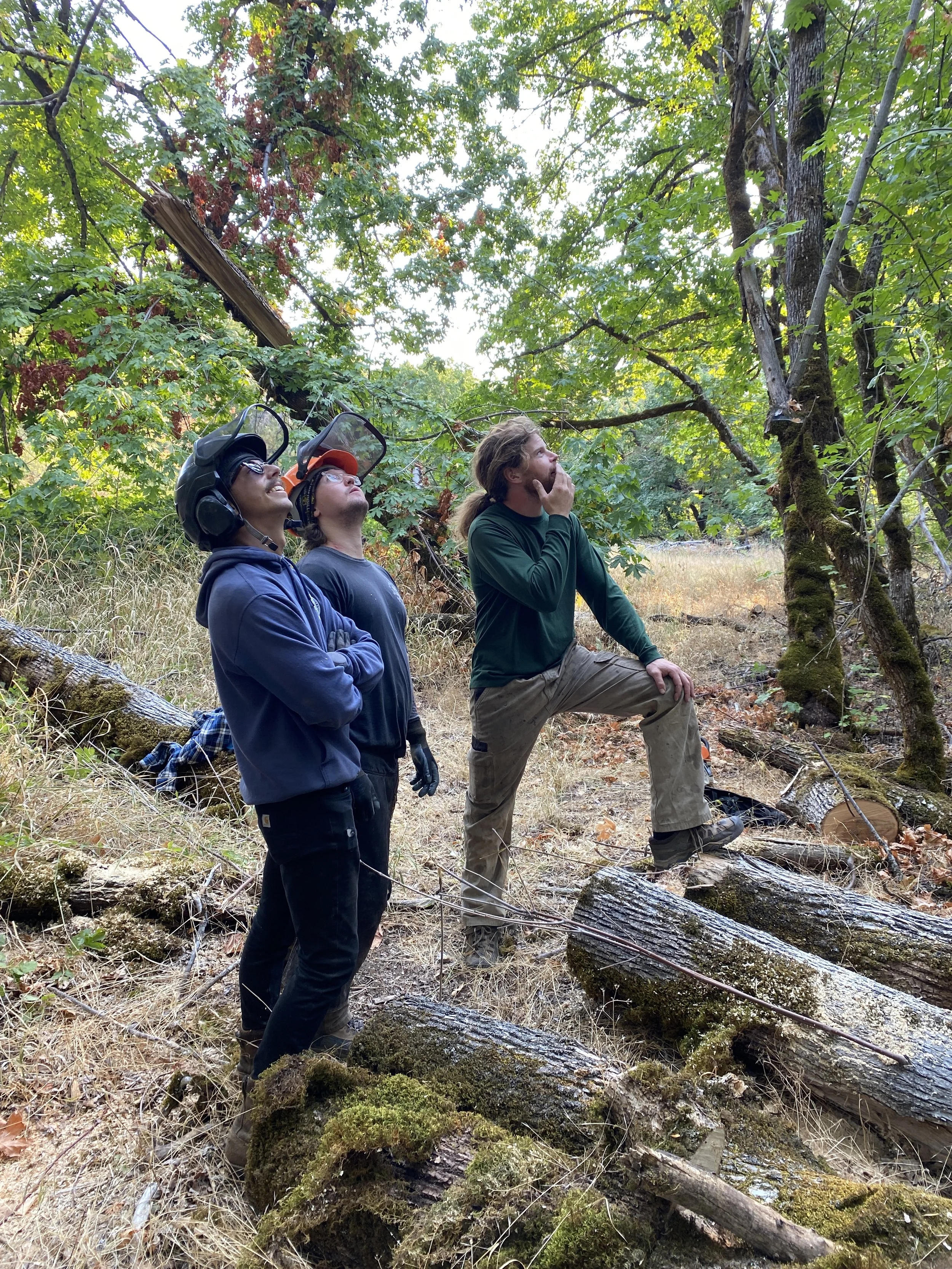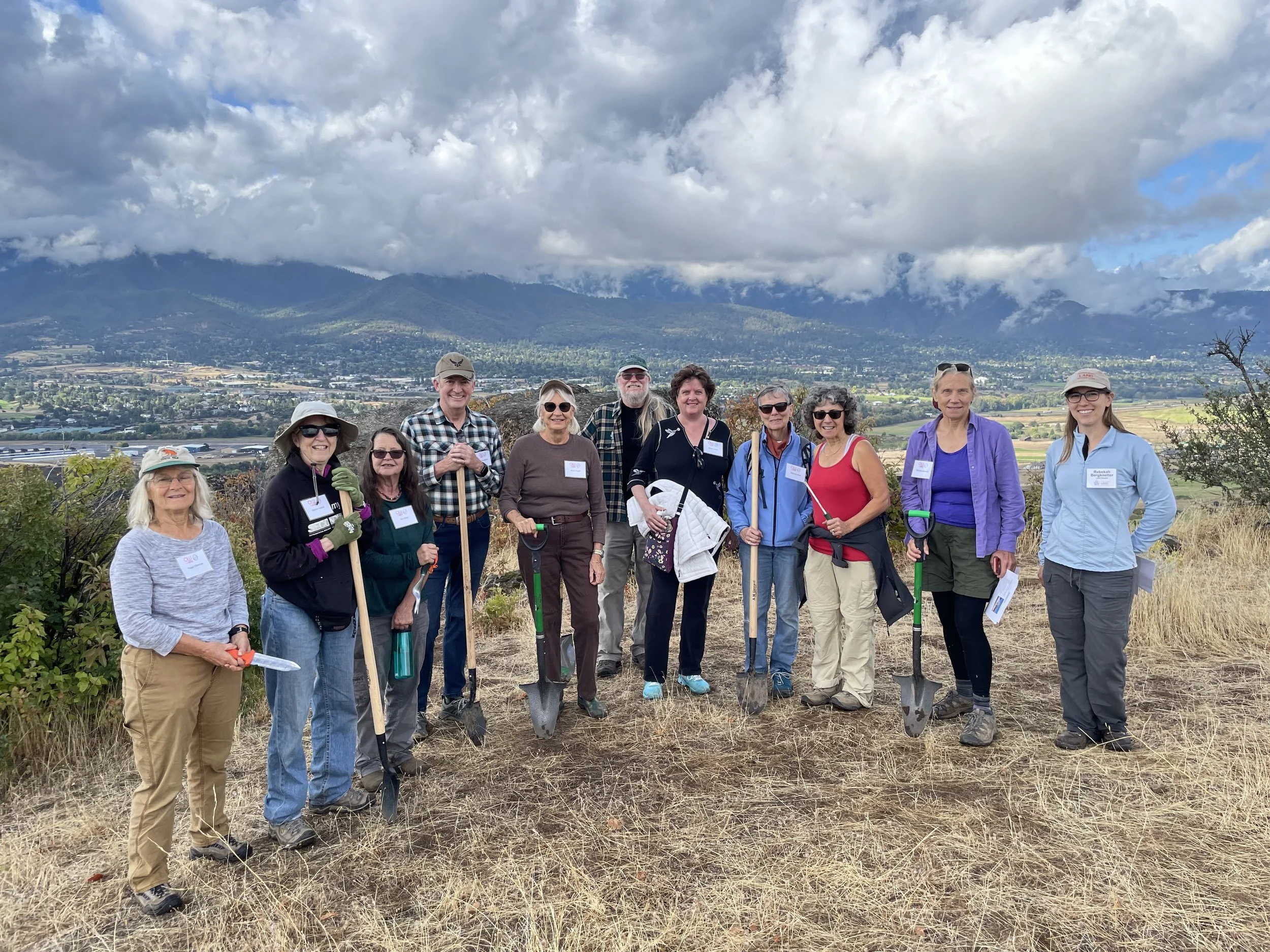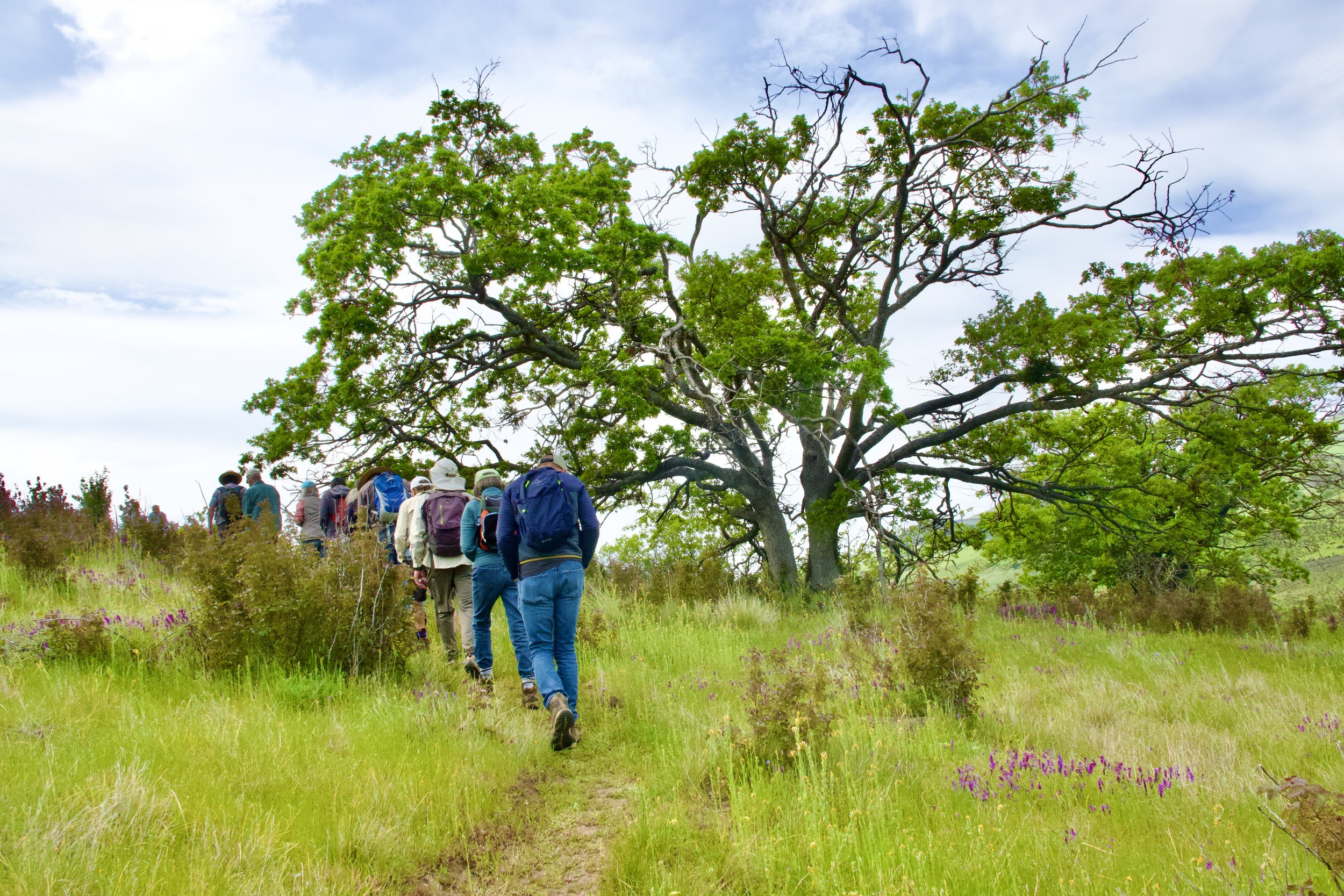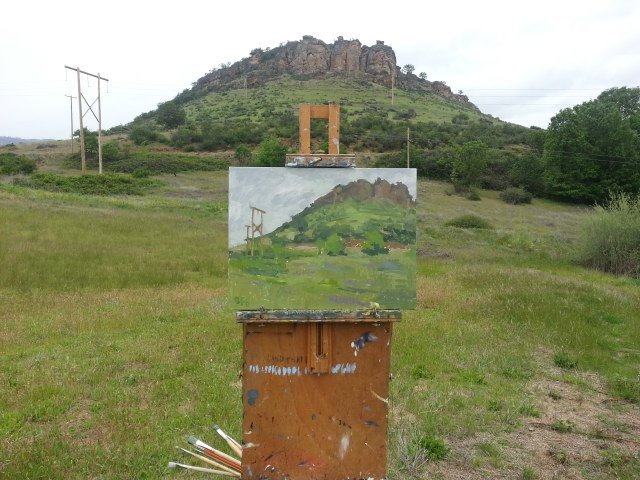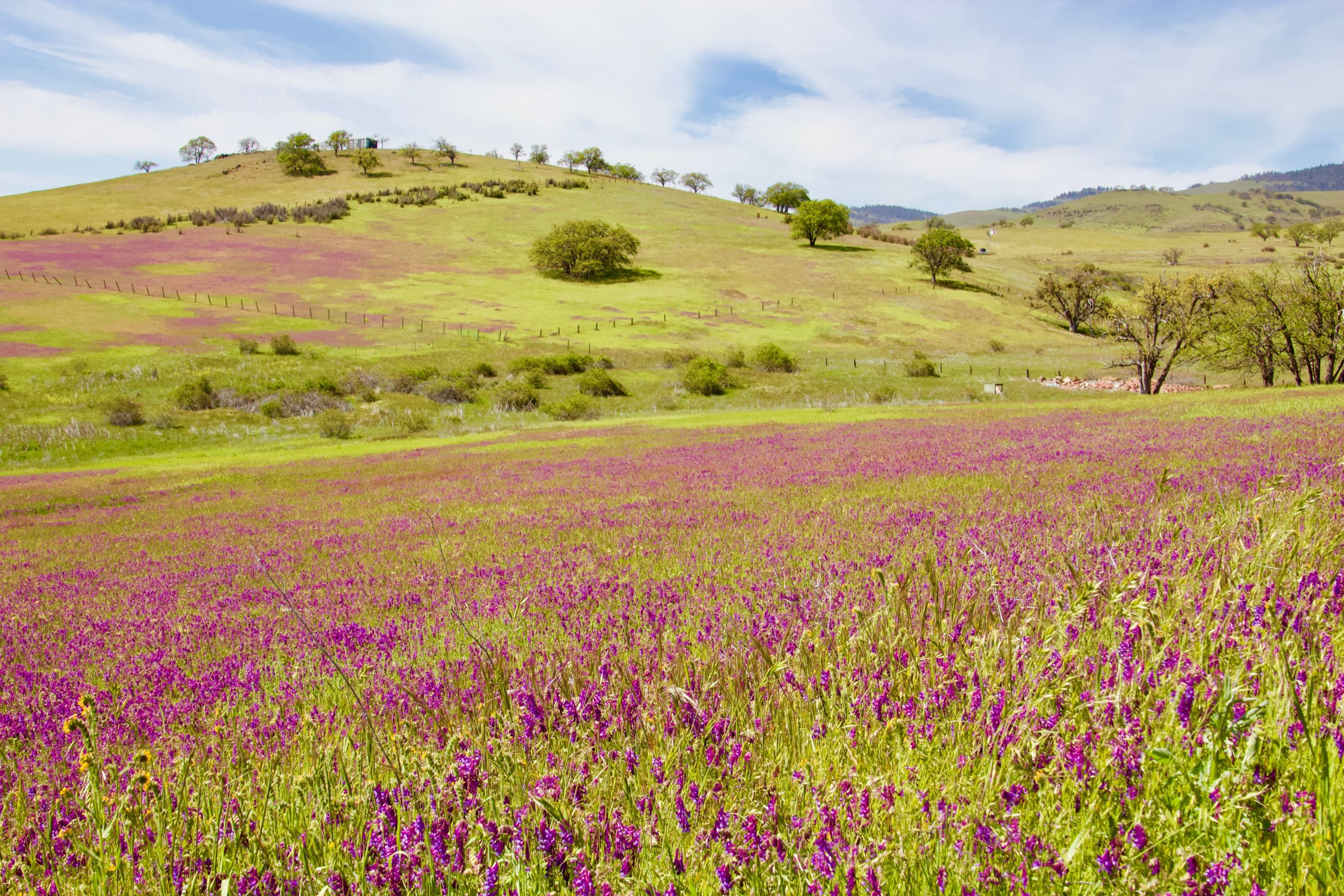A Recap of the Annual Volunteer Appreciation Party
In February, we celebrated all of our remarkable volunteers at our Annual Volunteer Appreciation Party. Inspired by the fun and diverse fungi in our region, our volunteers enjoyed a tasty dinner alongside the most beautiful cookies that resembled Amanita Muscarias and Agaricus Bisporus’. We also highlighted all of the great work that our volunteers have contributed throughout the year, in addition to honoring a handful of volunteer awards.
Golden Chanterelle Award: The recipient of the Golden Chanterelle Award is Kevin Talbert, a volunteer who has dedicated the most hours to our organization in 2024, for a total of 86.5 hours.
Funguy Award: The recipient of the Funguy Award is Jim LaVally, a site steward and docent volunteer who has always been consistent and reliable, as well as extremely fun to be around.
A Cluster of Champignons Award: The recipients of the A Cluster of Champignons Award are Bryan Nelson and Dale Shostrum, two volunteers who have dedicated their time and energy to plan and complete all of the barn painting at the Harry & Marilyn Fisher Preserve at Pompadour Bluff.
The Good Spore-t Award: The recipient of The Good Spore-t Award is Billy Crawford, a volunteer who has always been able to handle a quick task pivot or change of plans, and always with a positive attitude.
Thank you again to all of our incredible volunteers who have dedicated their generous time and enthusiastic energy to assist us in the office or in the field. We couldn't do what we do to conserve the land that we appreciate and enjoy without YOU.




























